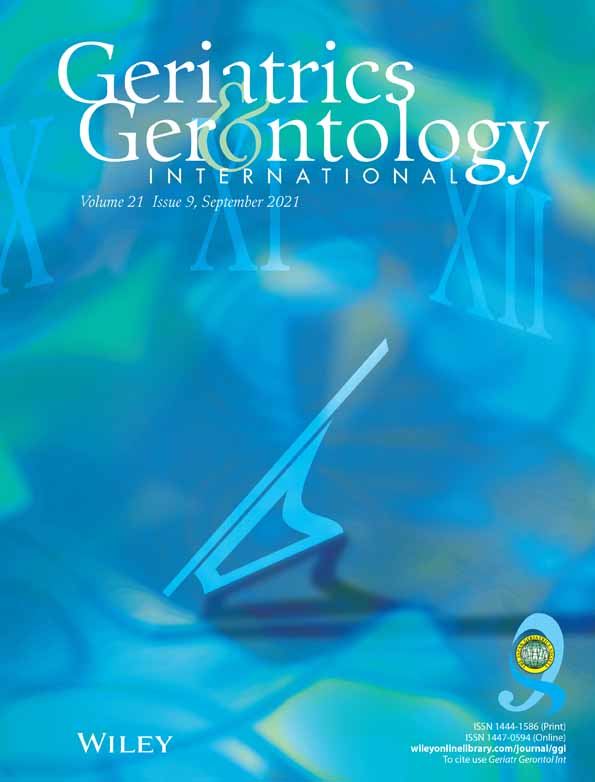Risk factors for suicidal behavior in late-life depression: A retrospective preliminary clinical study
Chaomeng Liu, Weigang Pan, and Dandi Zhu contributed equally to this work.
Abstract
Aim
To explore the risk factors associated with suicidal behavior (SB) using logistic regression analysis and the propensity score matching (PSM) method among Chinese patients suffering from late-life depression (LLD).
Method
Patient information sheets were retrieved with the International Classification of Diseases, Tenth Revision (ICD-10) code from an electronic database that comprised patient medical information. Herein, we set SB as a dependent variable, and gender, marital status, monthly income, quality of interpersonal relationships, hobbies, impulsivity, severity of depression, psychiatric symptoms or not, and having histories of smoking, drinking, major mental trauma as independent variables according to clinical experience and previous findings. For uncertain independent risk factors associated with SB generated by logistic regression analysis, PSM was performed for further verification.
Results
The differences between the SB group and non-SB group for marital status, severity of depression, a history of drinking, and a history of major mental trauma were found to be statistically significant in univariate comparisons (P < 0.05); binary logistic regression analysis and PSM analysis showed that the severity of depression, a history of drinking, and a history of major mental trauma were independent risk factors associated with SB of patients with LLD with an odds ratio greater than one.
Conclusion
The severity of depression, a history of drinking, and a history of major mental trauma were independently associated with the occurrence of SB of patients with LLD in China. Further longitudinal and prospective studies are warranted to examine the dynamic changes of confounding risk factors. Geriatr Gerontol Int 2021; 21: 849–854.




